With its coral reefs and blue lagoons, visiting the Maldives is already a magical experience, but an array of exciting hospitality projects are turning the tropical oasis into a real architectural destination. Combing a resort-style design with local nuances, the architects have turned the islands into a place for people to escape the pressures of society living through an extraordinary experience of one of the most remote places on the planet.
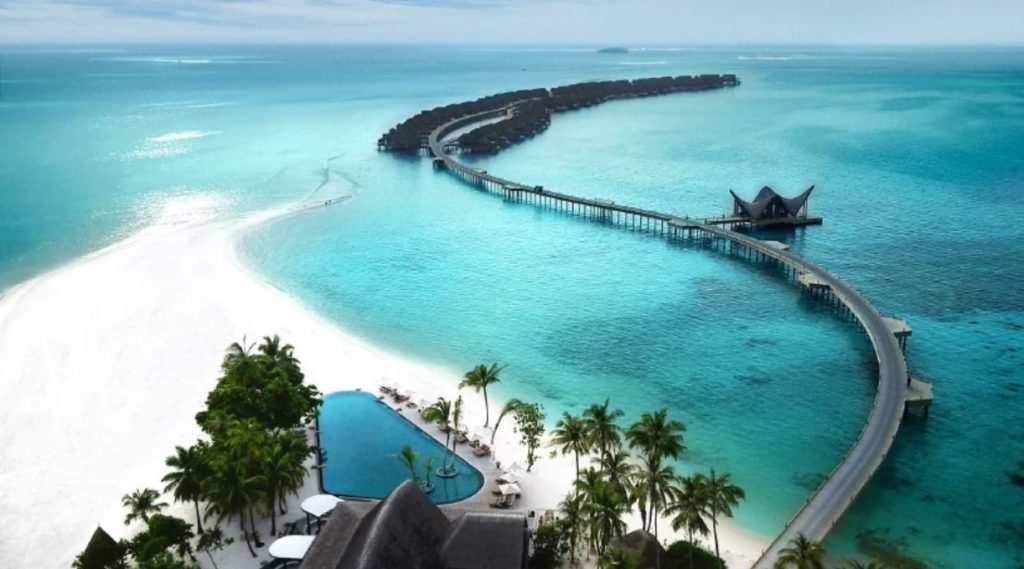
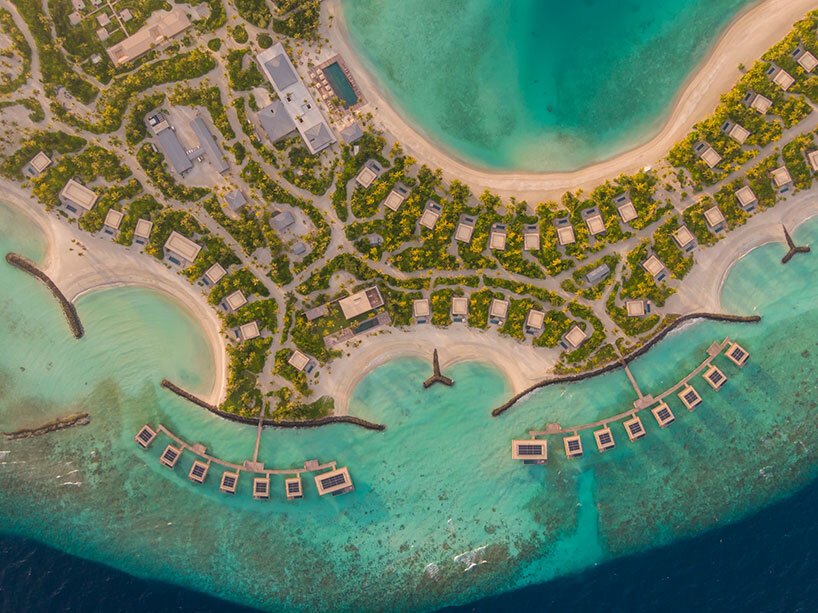
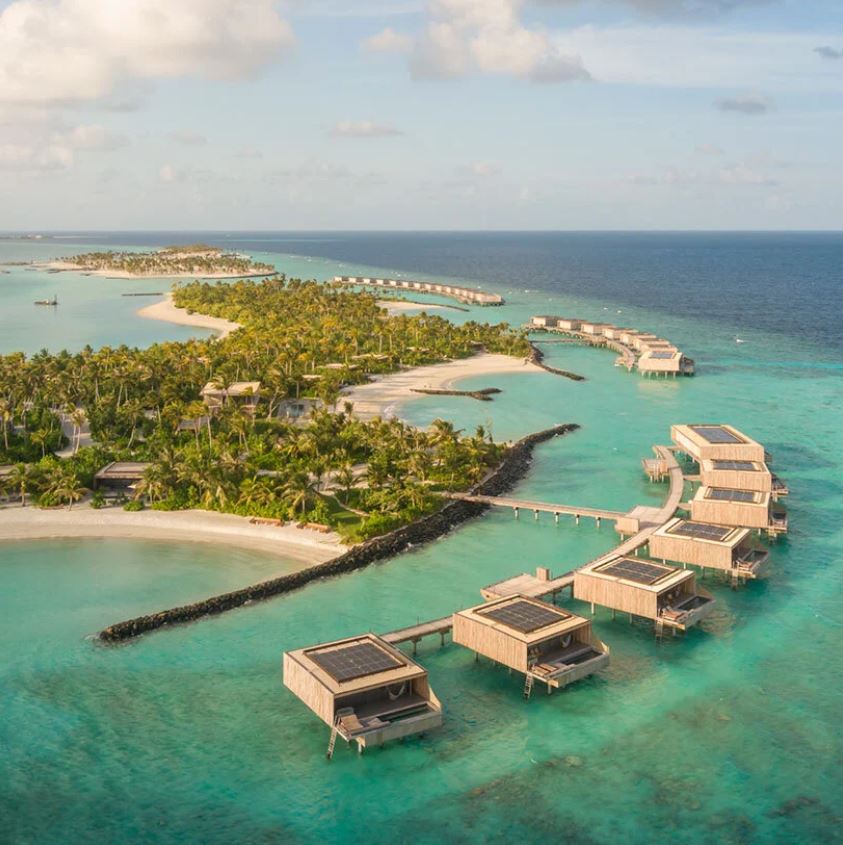
Patina Maldives by MK27
São Paulo based studio MK27 has designed an island boutique hotel, which is intended to encourage social interactions, while celebrating the solitude of the Maldivian retreat within the exuberant infinite blues, wildlife and open skies. Named Patina Maldives, the spa resort is realized as a grouping of tiny volumes, which touch the ground delicately, their rooflines never rising above the horizon. As the team puts it, all buildings are “visually permeable, melted, dematerialized, putting life and men in the center of the experience.”
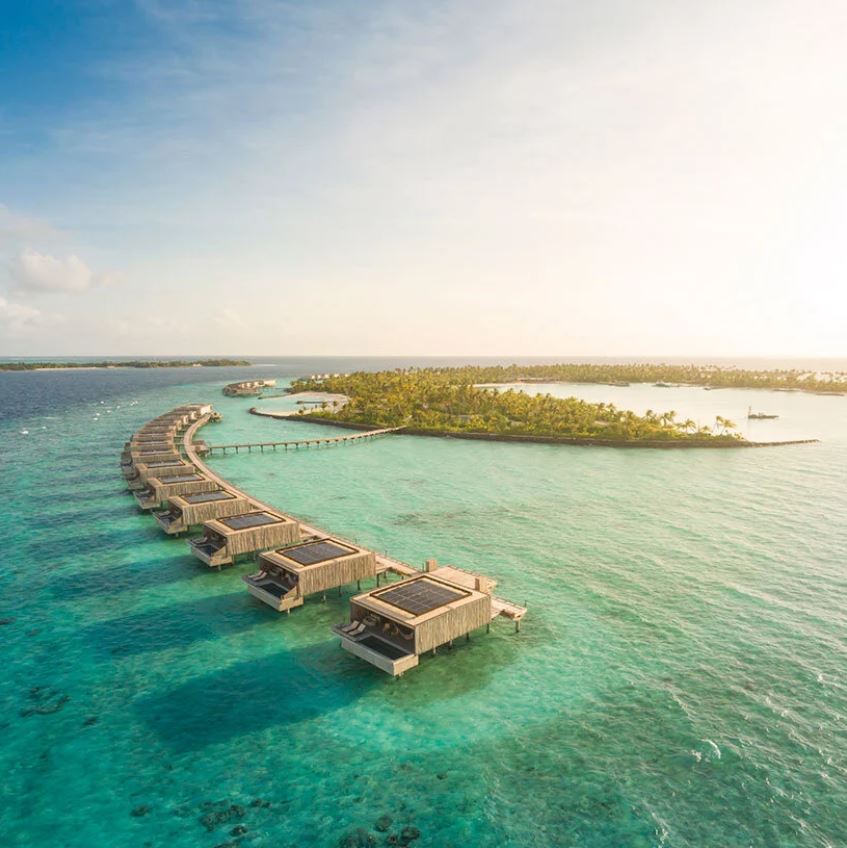
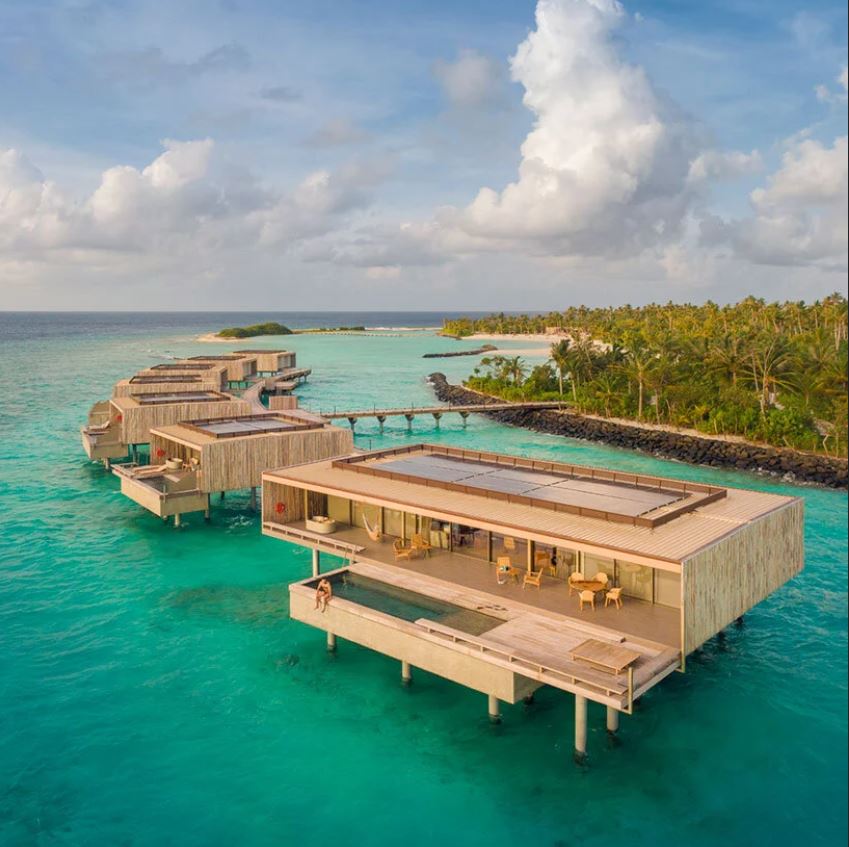
Patina Maldives by MK27
The only built path, in wood, determines an axis that organizes the whole programme for the hotel. On the left, there are the main building and most of the villas; while on the right, there is the spa and the common spaces of the village and beach club. All the main spaces can be reached within a 1km circle. In 15 minutes from the main building, the visitor can reach most of the beaches in the island, or they can run 5 km during sunset and gain its whole perimeter.
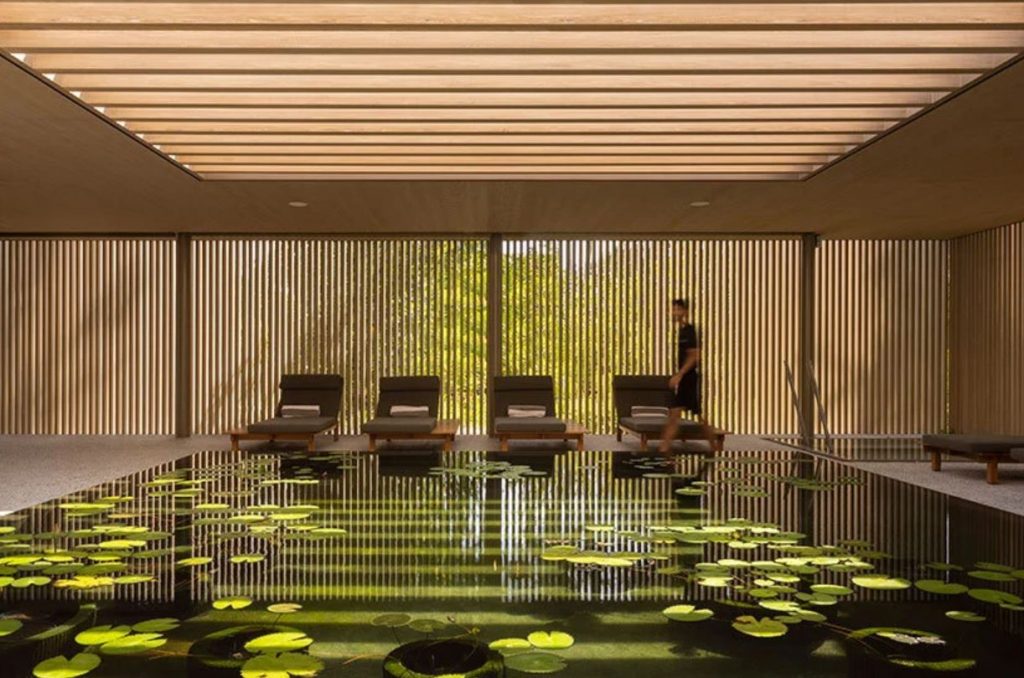
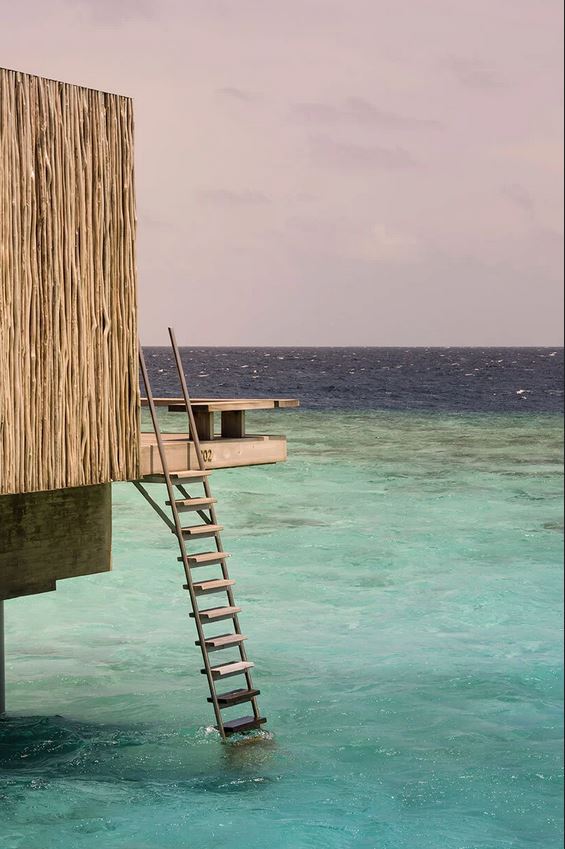
Patina Maldives by MK27
The hotel is a kaleidoscope of atmospheres organized in an ascending way: from private to public, from isolation to belonging, from simplicity to sophistication. Massage rooms, whether in floating boxes or inside the main building, enjoy framed, postcard views of the surroundings. Further into the village on land, the buildings dissolve into the sand and the atmosphere becomes more vibrant. Here, in the heart of the village, people meet, rent their scuba diving equipment, stop by casually to shop for fruits and flowers before heading to a boat tour.
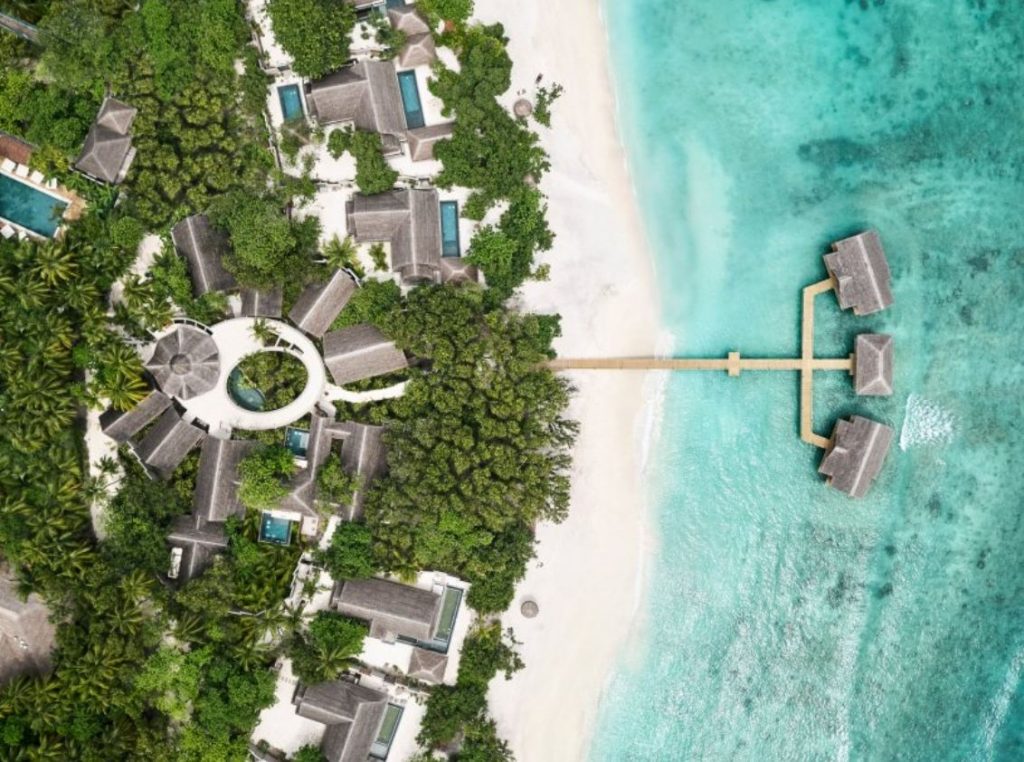
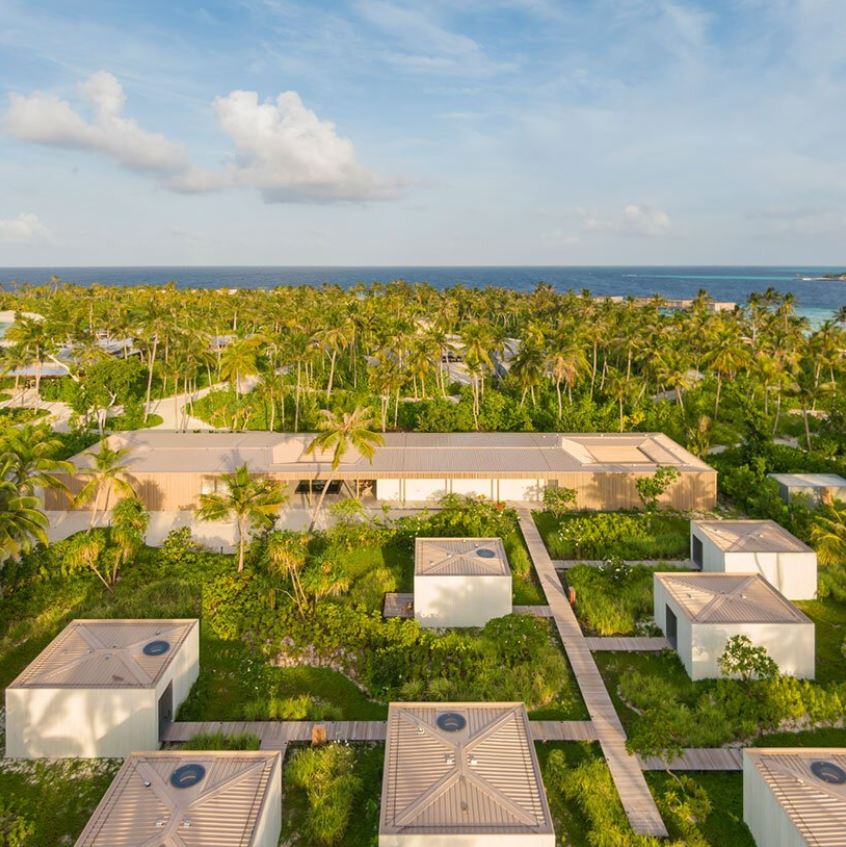
Patina Maldives by MK27
The landscape ornaments the whole island, creating privacy for the villas and unfolding to highlight the most important common buildings, and the threshold between the island and the indoors is blurred with the invading plant life.
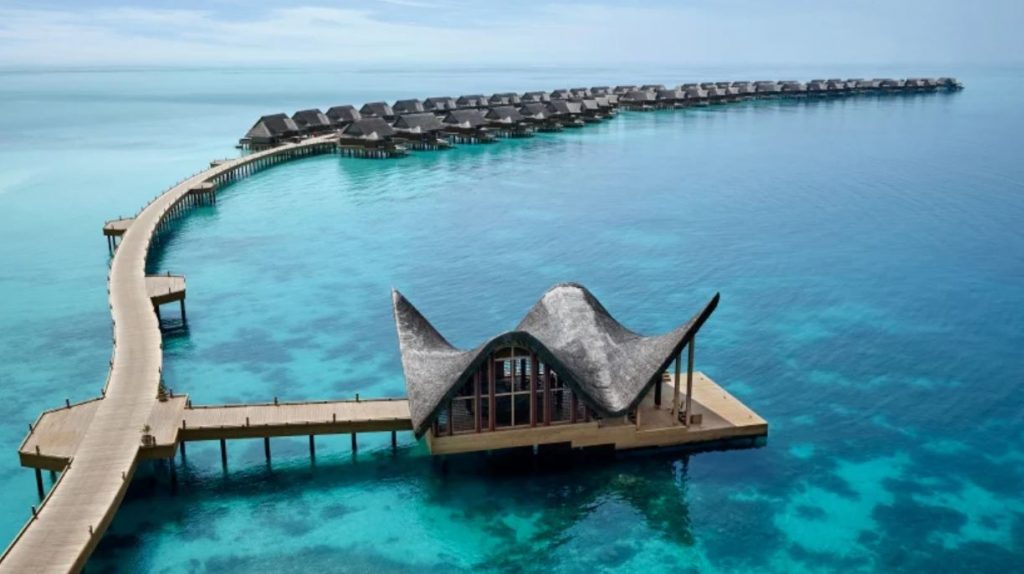
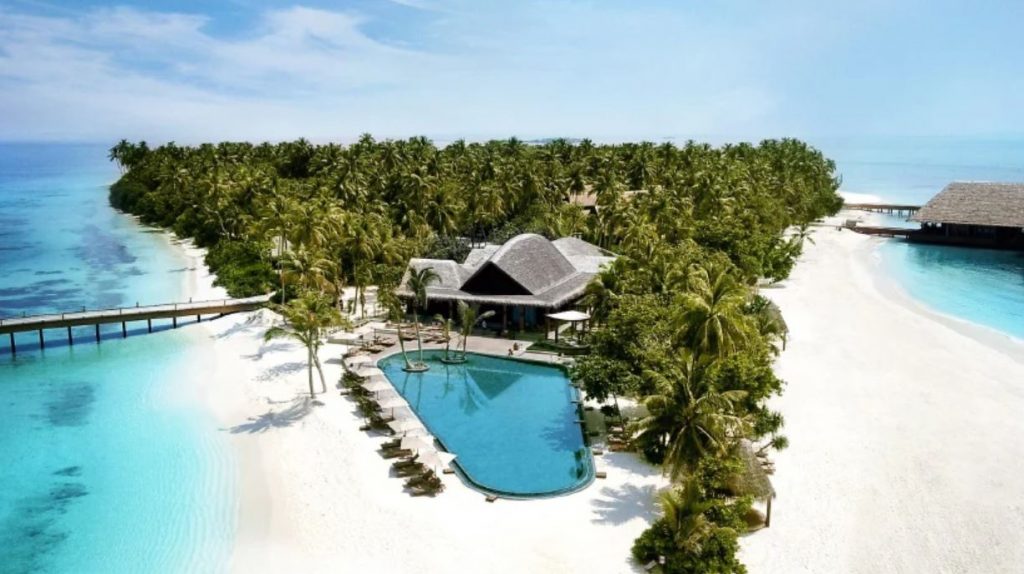
Joali Maldives by Autoban (also header image)
JOALI Maldives, resort located on the island of Muravandhoo and developed by Istanbul-based multidisciplinary design studio Autoban, comprises 73 luxury villas in addition to a variety of restaurants, communal spaces, and personalized facilities. The design is centered around a series of jetties extending out into the Indian ocean. Some of the villas are elevated above the water, while others have been built on the island itself. Aiming to channel the “Maldivian spirit,” the team utilized local materials, textures, and craftsmanship.
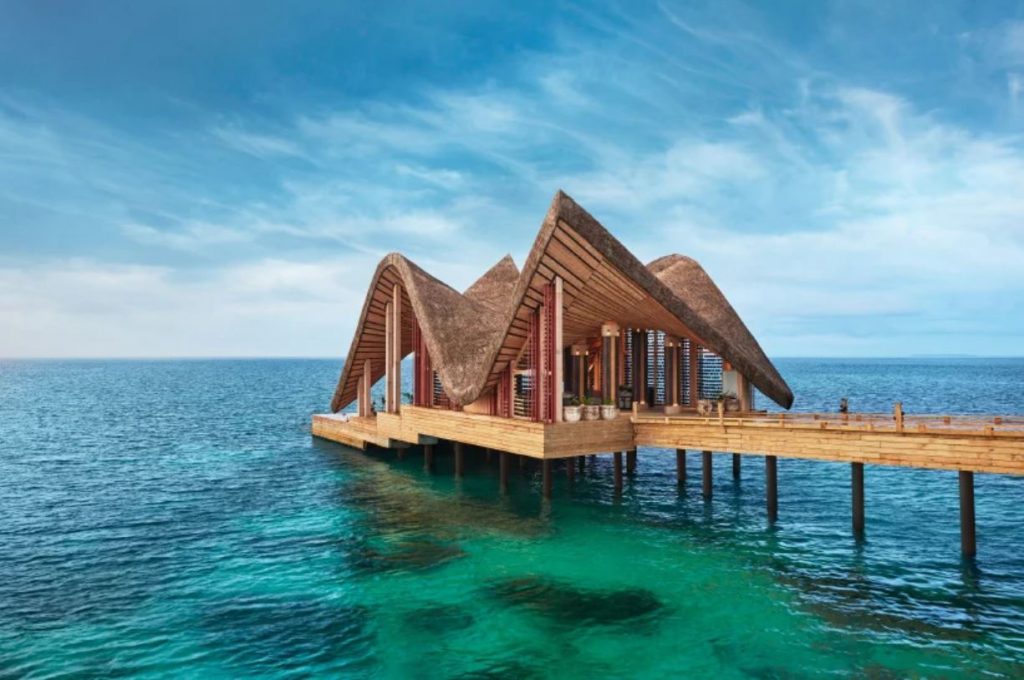
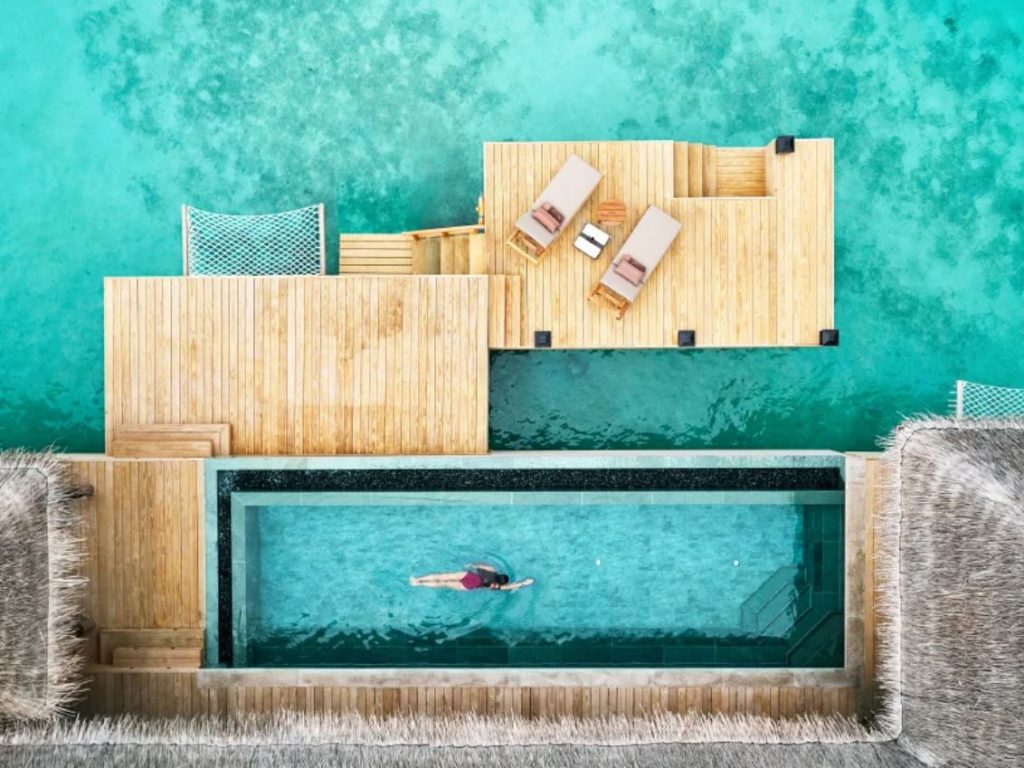
Joali Maldives by Autoban
One of the project’s most eye-catching structures is the arrival jetty, which features a sculptural wave-like canopy topped with a thatched roof. Internally, the color palette reference different tones of coconut, one of the island’s most distinctive features.
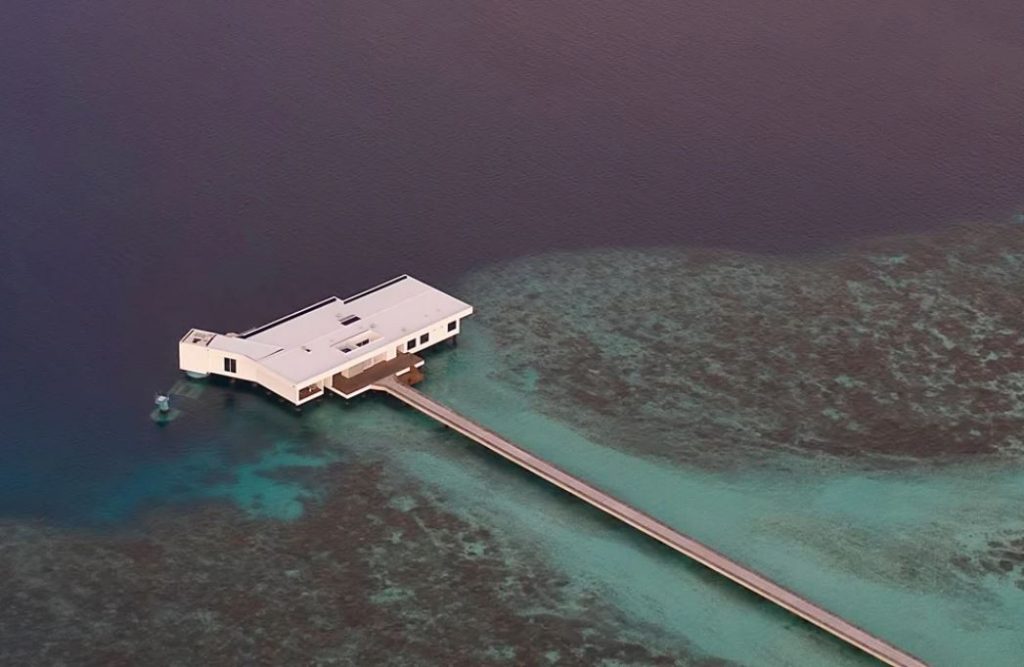
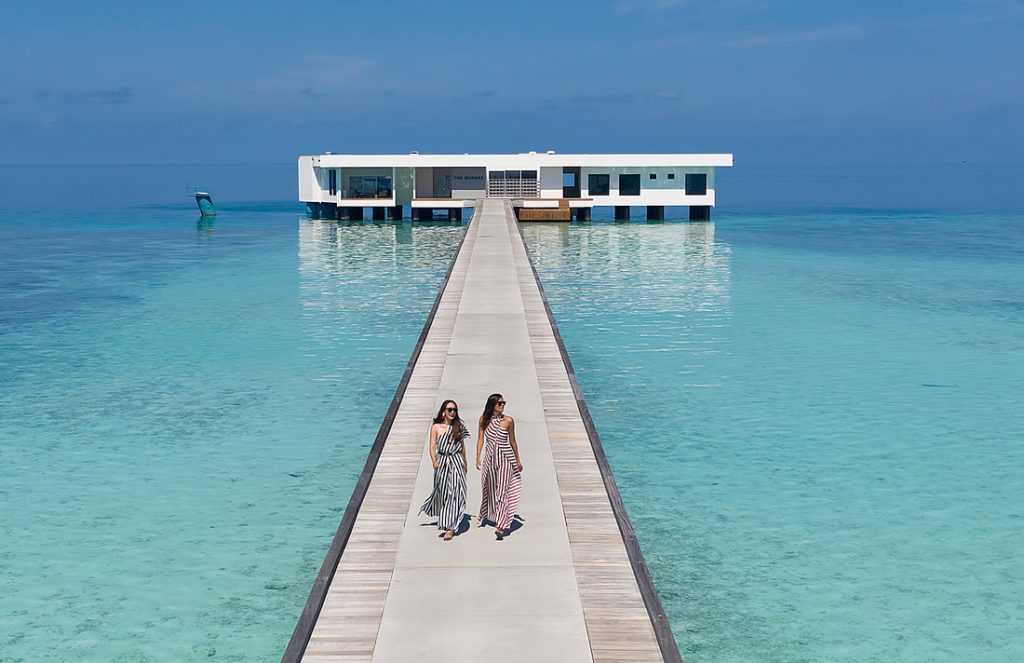
Muraka Hotel by Yuji Yamazaki Architecture
Muraka hotel that has recently opened on the Conrad Maldives Rangali Island is the world’s first-ever underwater hotel residence. Designed by Tokyo design firm Yuji Yamazaki Architecture, the two-story villa sits both above and below the Indian Ocean. The very name “muraka” means in the Maldives’ local language Dhivehi.
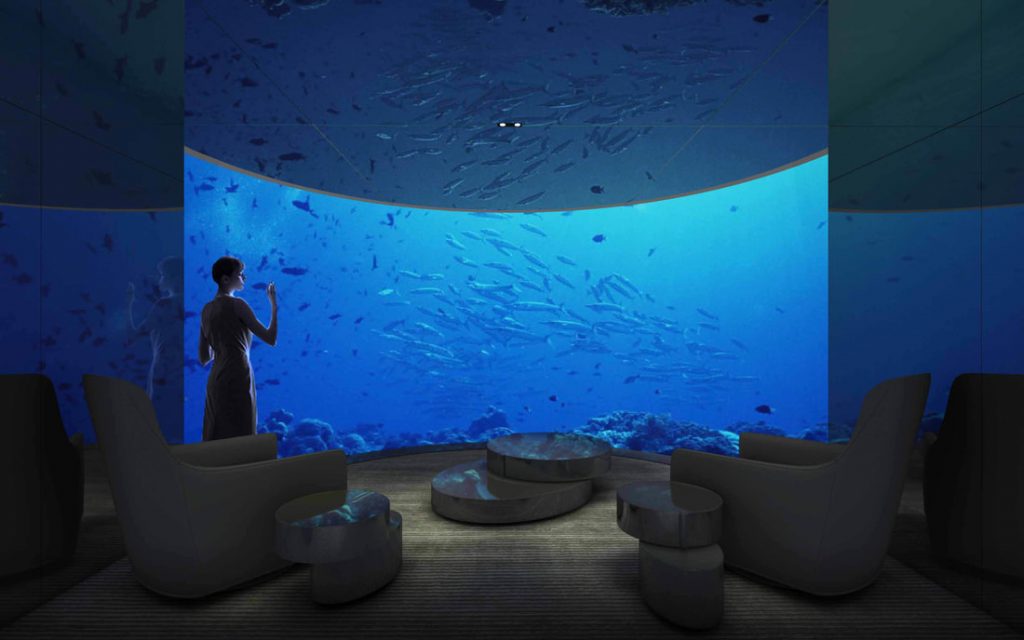
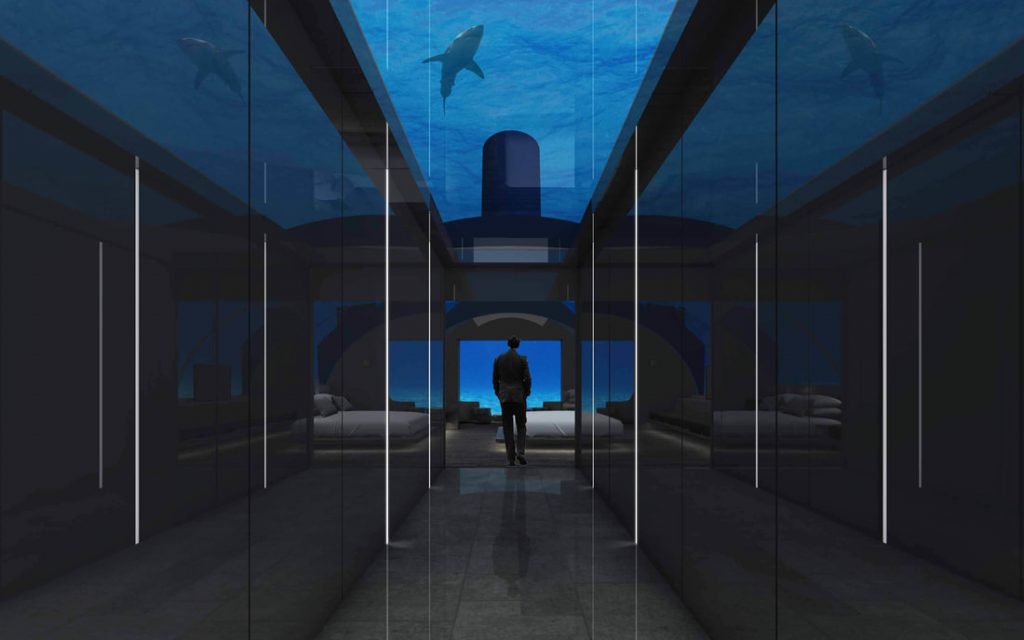
Muraka Hotel by Yuji Yamazaki Architecture
The villa sits perched out in the ocean, accommodating a private gym, a bar, an infinity pool, butler’s quarters, an ocean-facing bathtub and a private jetty, as well as “relaxation decks” facing the sunrise and the sunset. The underwater level, five meters below the waves, houses a king-size bedroom, living area, and a bathroom. The all-glass underwater suite offering 180-degree panoramic views of the ocean’s marine life can accessed via a spiral staircase or an elevator.
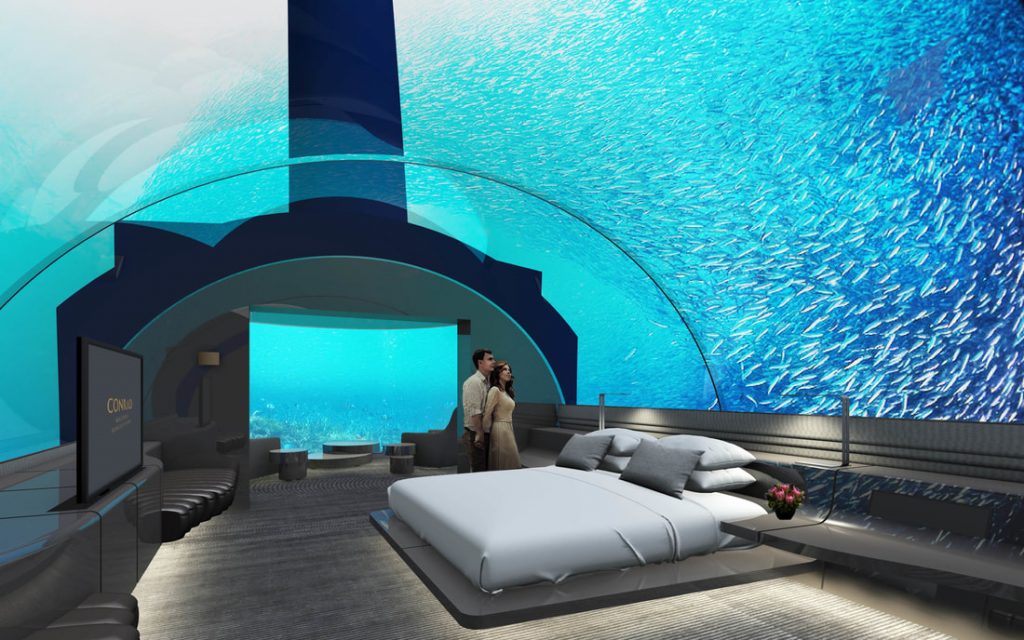
Muraka Hotel by Yuji Yamazaki Architecture
The entire600-ton structure was built on land in Singapore using acrylic from Japan’s premiere aquarium manufacturer Nippura co., and sealed with Shin Etsu marine sealant, before being transported to the site near the reef and nailed into place with concrete pylons to ensure it could not shift during rough waves or at high tide.